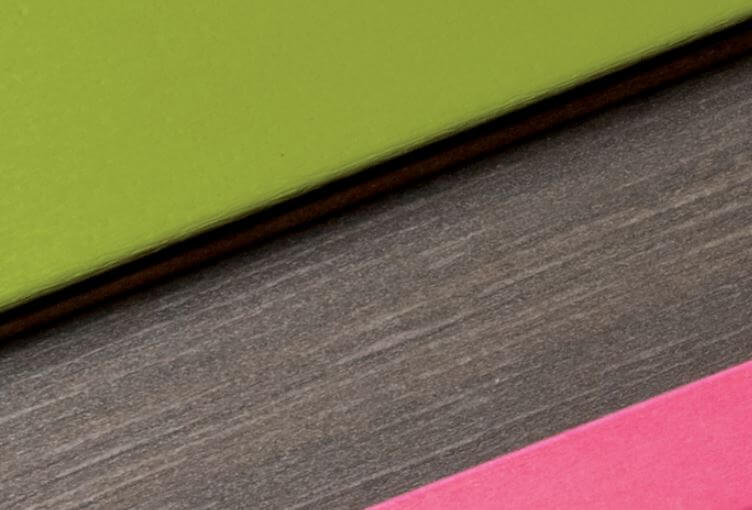Plastic Lumber – Treat Yourself to Higher Quality Products for Marine Projects

Let’s take a look at alternative marine materials and how they stack up against plastic lumber for marine projects.
Treated wood products have been used for marine structures for thousands of years, beginning (some say) with the ancient Greeks who slathered their bridge pilings with olive oil. Pressure treating began near the end of the 19th century as railroad ties were treated with creosote. But, it wasn’t until the 1970’s that pressure treated lumber became widely available to consumers.
Fortunately, we’ve learned a lot in the last few thousand years. Many of the more modern wood preservative techniques have proven hazardous to humans. Pressure treated lumber is of particular concern for inland waterways, and small bodies of water.
Why? ALL pressure treated wood leaches chemicals in water. Especially when they are first installed (or damaged and the leaching begins again). That’s why extremely complex formulas have been developed to evaluate the size of the water, water flow, the number of board feet in contact with water, existing structures – and hundreds of other factors to determine whether pressure treated lumber is safe to use.
So… is it safe to use?
You can perform a risk assessment of your particular project to gain valuable insight as into the dangers presented by treated lumber. OR, you can choose to substitute lumber that performs better, lasts longer and … is safe enough to eat off of.
Plastic Lumber – Good for food. Good for water.
Plastic lumber from Tangent Materials is made from HDPE (high-density polyethylene) – the stuff milk jugs are made out of. Because it does not leach chemicals into the milk, it is resistant to microbial growth and it is incredibly durable. These very same qualities make it a sensible, sustainable alternative to chemically treated wood for your inland water projects. When planning large structures impacting smaller bodies of water, sensitive habitats or where children and families are present, plastic lumber is a safer choice than pressure treated wood.
For inland waters, docks, decking and every other in-water construction operation check out Tangent’s structural marine product lines, which have textured surface finishes and come in a variety of colors. The strength, durability and impact-resistance of plastic lumber for marine projects will outlast and outperform pressure treated lumber in any wet environment. That means less maintenance and a better ROI for waterfront contractors and developers. It’s also a safer and more sustainable bet for aquatic life and water quality. Still have questions? Contact us today.












